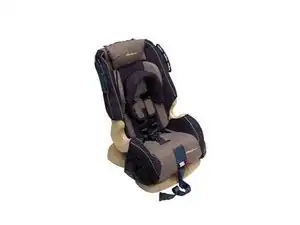Background and Identification
Car seats, sometimes called child safety seats, are designed to provide added protection to children in automobiles. Child safety seats are usually purchased separately from the vehicle itself and installed by the user. Proper installation of child car seats is important for them to be effective.
Car seats and baby seats are classified into different groups (0, 0+, 1, 2, and 3) based on their structure and function. For instance, group 0 car seats include infant carriers that keep babies laying on their backs. On the other hand, group 3 car seats are commonly known as booster seats and are forward-facing car installations that ensure the adult seat belt in the car is in the correct position relative to the child. Baby car seats and booster seats are legally required in many countries.
Car seats vary in physical appearance depending on their grouping. They do, however, generally have a few things in common: padding for comfort and safety, seat belt straps (if they don’t utilize the car’s seatbelt), and a secure method of attachment to the car. Car seats and baby seats come in numerous colors, although they are commonly manufactured in neutral colors like gray, black, brown, etc.

